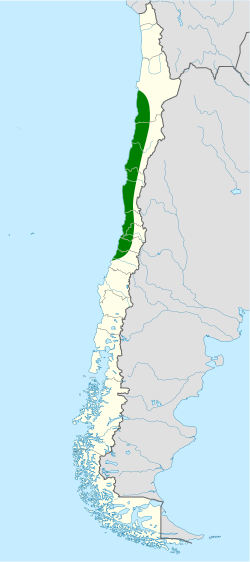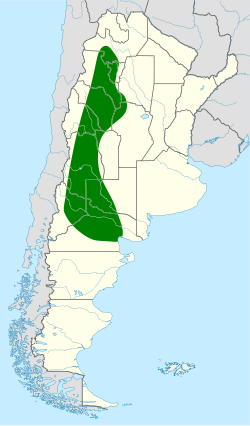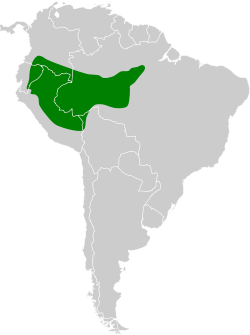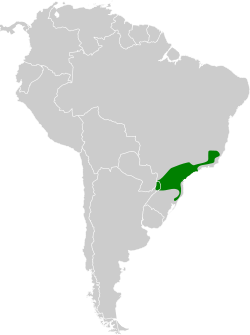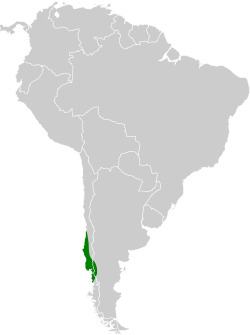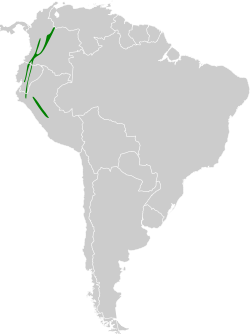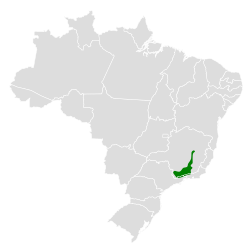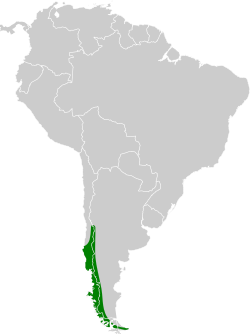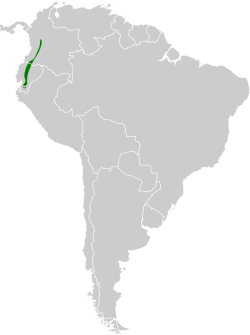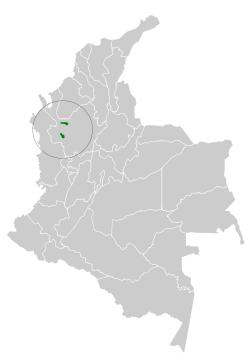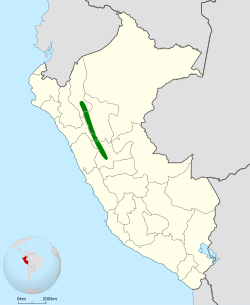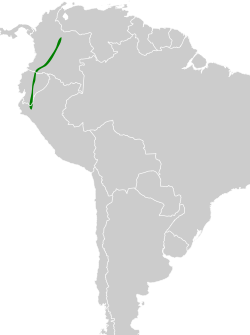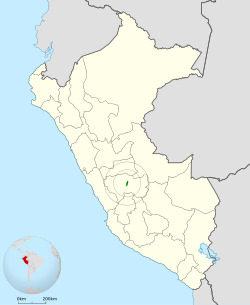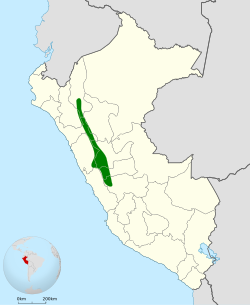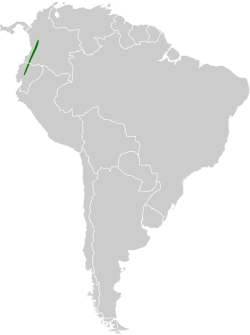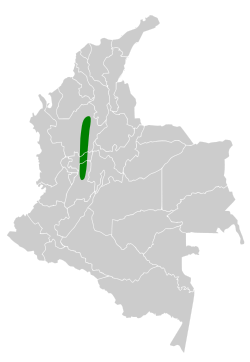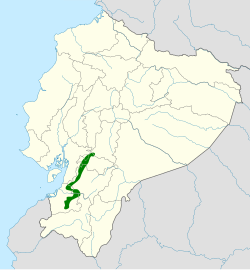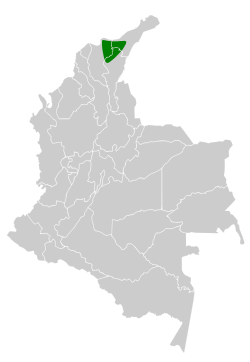Top Qs
Timeline
Chat
Perspective
List of tapaculos
From Wikipedia, the free encyclopedia
Remove ads
Rhinocryptidae is a family of passerine birds in the parvorder Furnariida.[1] Most species in the family are called tapaculos, although some are known as huet-huets, gallitos, bristlefronts, turcas, or bamboowrens.[2] Tapaculos are endemic to the Neotropics and inhabit dense undergrowth in a variety of habitats, from lowland tropical rainforest to páramo and puna grassland high in the Andes. Tapaculos are usually extremely secretive, ground-dwelling birds that are best detected by their vocalizations. Several species of tapaculos may even be flightless.[1] Tapaculos are generally blackish or grayish with rufous-and-black markings on the tail and sides, and are best identified by their calls.[3] Several species of tapaculos are threatened with extinction, with habitat loss being the principal threat to most species.[1] Stresemann's bristlefront is considered to be critically endangered by the International Union for Conservation of Nature, with a maximum estimated population of 49 mature individuals, and another seven species are considered to be endangered.

There are currently 65 species of tapaculos recognized by the International Ornithologists' Union, distributed among 12 genera, 7 of which have only one species. The most species-rich genus is Scytalopus, with 49 species.[2] Tapaculo diversity is highest in the Andes, where a combination of the poor flying ability of Scytalopus tapaculos and complex topography has led to high levels of population isolation, with more than 30 species having been described from the region.[3][4] Despite their high diversity, Scytalopus tapaculos are difficult to differentiate on the basis of appearance and are generally described based on genetic data and differences in vocalizations.[3] The number of known tapaculo species has drastically increased as the amount of genetic and vocal data available has increased, but diversity within the genus is likely still underestimated.[3]
Remove ads
Conventions
Summarize
Perspective
Conservation status codes listed follow the International Union for Conservation of Nature (IUCN) Red List of Threatened Species. Range maps are provided wherever possible; if a range map is not available, a description of the tapaculo's range is provided. Ranges are based on the IOC World Bird List for that species unless otherwise noted. Population estimates are of the number of mature individuals and are taken from the IUCN Red List.
This list follows the taxonomic treatment (designation and order of species) and nomenclature (scientific and common names) of version 13.2 of the IOC World Bird List.[2] Where the taxonomy proposed by the IOC World Bird List conflicts with the taxonomy followed by the IUCN[a] or the 2023 edition of The Clements Checklist of Birds of the World,[6] the disagreement is noted next to the species's common name (for nomenclatural disagreements) or scientific name (for taxonomic disagreements).
Remove ads
Classification
Summarize
Perspective
The International Ornithologists' Union (IOU) recognizes 65 species of tapaculos in 12 genera;[2] some other authorities recognise as few as 60 species.[5] This list does not include hybrid species, extinct prehistoric species, or putative species not yet accepted by the IOU.
- Genus Acropternis: one species
- Genus Pteroptochos: three species
- Genus Scelorchilus: two species
- Genus Rhinocrypta: one species
- Genus Teledromas: one species
- Genus Liosceles: one species
- Genus Psilorhamphus: one species
- Genus Merulaxis: two species
- Genus Eugralla: one species
- Genus Myornis: one species
- Genus Eleoscytalopus: two species
- Genus Scytalopus: forty-nine species
| |||||||||||||||||||||||||||||||||||||||||||||||||||||||||||||||||||||
| Cladogram based on a 2020 study by Harvey et al.[7] |
Remove ads
Rhinocryptids
Summarize
Perspective
Remove ads
Notes
- The IUCN follows the taxonomy proposed by the HBW and BirdLife Taxonomic Checklist.[5]
References
Wikiwand - on
Seamless Wikipedia browsing. On steroids.
Remove ads










